SUMMARY
This is AI generated summarization, which may have errors. For context, always refer to the full article.
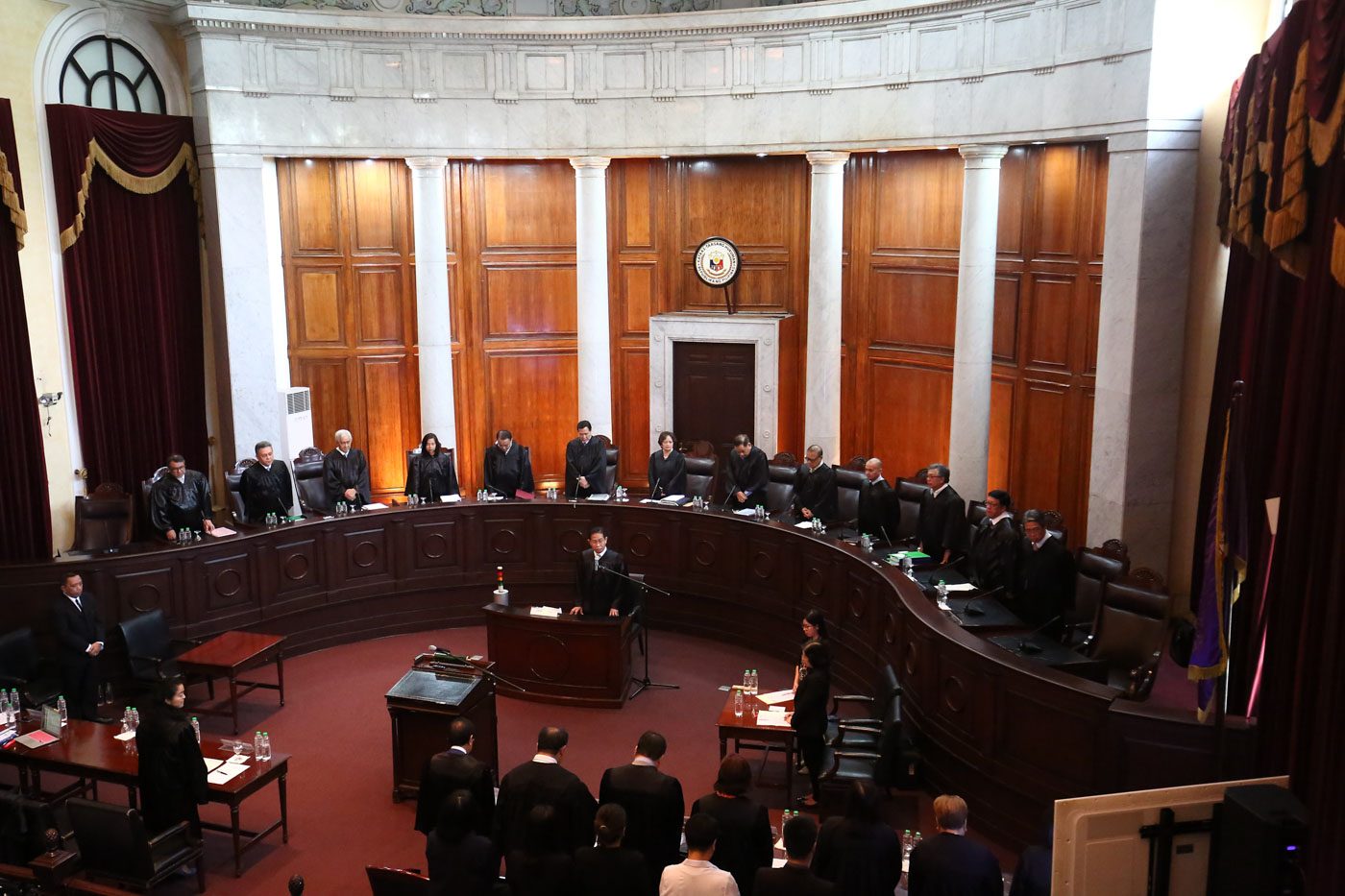
Nearly two years since its approval, the Supreme Court has yet to form the Judicial Integrity Board (JIB), which is envisioned to weed out the corrupt in the judiciary.
The Supreme Court published on August 1 the amended Administrative Order (AO) No. 18-01-05-SC that made some changes and added details to an earlier resolution that established the JIB.
The amended AO, however, still didn’t set a specific timeline for forming the board.
Section 18 of AO No. 18-01-05-SC only says that 30 days from the completion of the membership of the JIB, the board shall formulate its internal rules and submit it to the Supreme Court en banc for approval.
Asked for a timeline to hire the JIB members, Supreme Court spokesperson Brian Keith Hosaka said: “The Chief Justice wants this done as soon as possible.”
“And (Chief Justice Diosdado Peralta) has confirmed that they have written the association of retired justices to request for interested applicants to be members of the JIB,” said Hosaka.
What happened in last 2 years
The en banc came out with the first version of AO No. 18-01-05-SC, establishing the JIB, on November 12, 2018, during the time of retired chief justice Teresita Leonardo-De Castro.
There was no movement regarding the AO during the time of retired chief justice Lucas Bersamin.
A month after Peralta took over, on November 9, 2019, Memorandum Order No. 75-2019 was issued to form a committee to review the functions of the JIB and see they overlap with the functions of the Office of the Court Administrator (OCA).
Currently, it’s the OCA – headed by Court Administrator Midas Marquez – which is tasked to discipline lower court justices, judges and personnel.
The result of that committee review came out 9 months later – or the latest AO No. 18-01-05-SC.
According to Lyceum Political Law lecturer Carlo Cruz, appointments that are prerogative to the Supreme Court “should be considered as absolutely discretionary, and may not be compelled.”
But now that the High Court’s concerns on the overlapping functions with OCA have been addressed, “it can now perhaps be expected to implement the amended AO and provide for the appointment of the members of the JIB with appropriate dispatch,” Cruz said.
Duties and functions
The JIB will receive complaints against everyone in the judiciary, except Supreme Court justices.
It will also be proactive through the Corruption Prevention and Investigation Office (CPIO) that can conduct an investigation, intelligence, surveillance, entrapment operations or lifestyle check to identify those who “appear to be involved or liable” for misdeeds.
Through the Research and Investigation Division (RID), the JIB can launch its own investigations – without the need for a complaint – against justices, judges, officials, and personnel.
Peralta had earlier said that he wants to apply the principle of “res ipsa loquitur,” where decisions that appear irregular on its face shall be investigated without the need for a complaint.
But again, the JIB, the CPIO, and the RID would not have jurisdiction over Supreme Court justices.
This is because Supreme Court justices are impeachable officers under the Constitution – meaning they may only be removed via an impeachment, although the same Supreme Court decided it can remove justices via a quo warranto too. Many law experts, including dissenters on the bench, have slammed that decision.
“I don’t think the JIB can be equipped with any authority over them, not even through this AO issued by the SC itself. This authority would be unconstitutional,” said Cruz.
The AO did not provide for increased mechanisms to also proactively look into SC justices.
The current internal system for complaints against SC justices is through the ethics committee by authority of 2010 A.M No. 10-4-20-SC. The ethics committee then makes the recommendation to the en banc.
An example of this would the the plagiarism complaint against retired associate justice Mariano del Castillo in 2010, over his ponencia on the Malaya Lola case. The ethics committee, and later the en banc, cleared Del Castillo.
“(This is) a case of peers ‘regulating’ each other. This, I think, would be all right, as there would be no encroachment by any other branch of government over the actions of the members of the SC,” said Cruz.
The JIB and the OCA
Court Administrator Marquez and his deputies are now under the jurisdiction of the JIB, CPIO, and RID.
Under the amended AO, the OCA would lose some of its disciplinary powers over judges but if the complaint involves “less serious charges and light charges under Rule 140 of the Rules of Court,” the JIB may refer the case to the OCA.
The JIB shall be headed by a chairman who has to be a retired chief justice or associate justice of the Supreme Court.
The AO adds they can be retired compulsorily or optionally. If it’s a retired chief justice, he or she will have compensation equivalent to Salary Grade 32; if it’s a retired associate justice, it wouldbe salary grade 31.
There are only 6 living former chief justices – Hilario Davide Jr, Artemio Panganiban, Reynato Puno, Maria Lourdes Sereno, De Castro, and Bersamin.
With Sereno ousted, and her name being stricken off Supreme Court records, is she qualified for the JIB position?
“If the justice did not optionally or compulsorily retire, then he or she is not qualified to be a member of the JIB,” said Hosaka, without directly answering the question.
The vice chairperson shall also be a retired Supreme Court justice.
The 3 regular members shall be retired justices of the Court of Appeals, Sandiganbayan, or Court of Tax Appeals.
Unlike the Judicial and Bar Council (JBC), the JIB members are not appointed by the president but the Supreme Court en banc. The chair will serve a term of 3 years, the vice chair 2 years, the first regular member 3 years, the second regular member 2 years, and the third regular member 1 year, without reappointment. – Rappler.com
Add a comment
How does this make you feel?
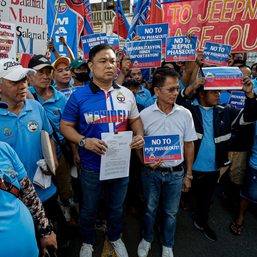

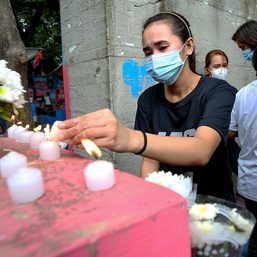

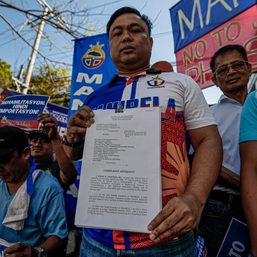
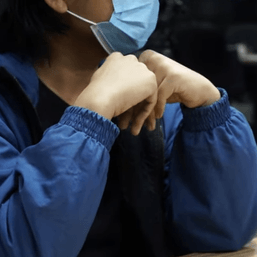
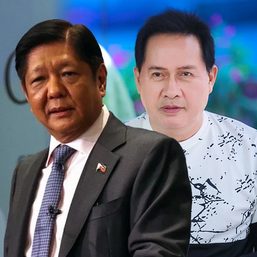
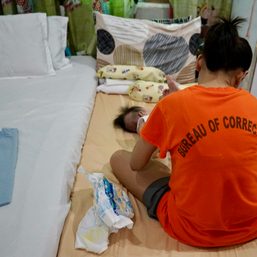


There are no comments yet. Add your comment to start the conversation.